- Joined
- Dec 14, 2009
- Messages
- 2,645
Take what you want and leave what you don’t. I haven’t seen the GCAL magnified images before and found it interesting:
https://www.hpdiamonds.com/en-us/extra/173
https://www.hpdiamonds.com/en-us/extra/173





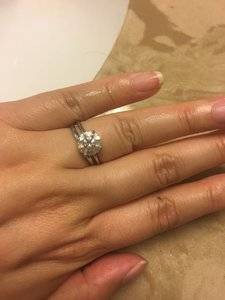
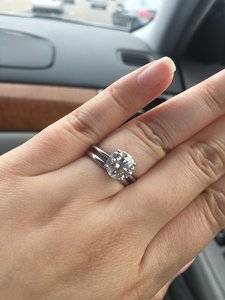
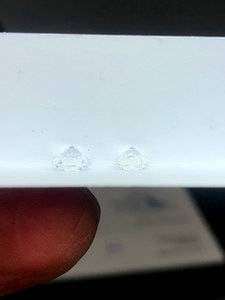
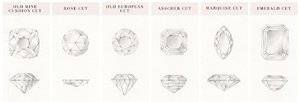
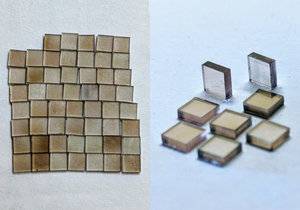
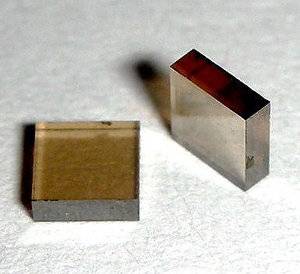


300x240.png)